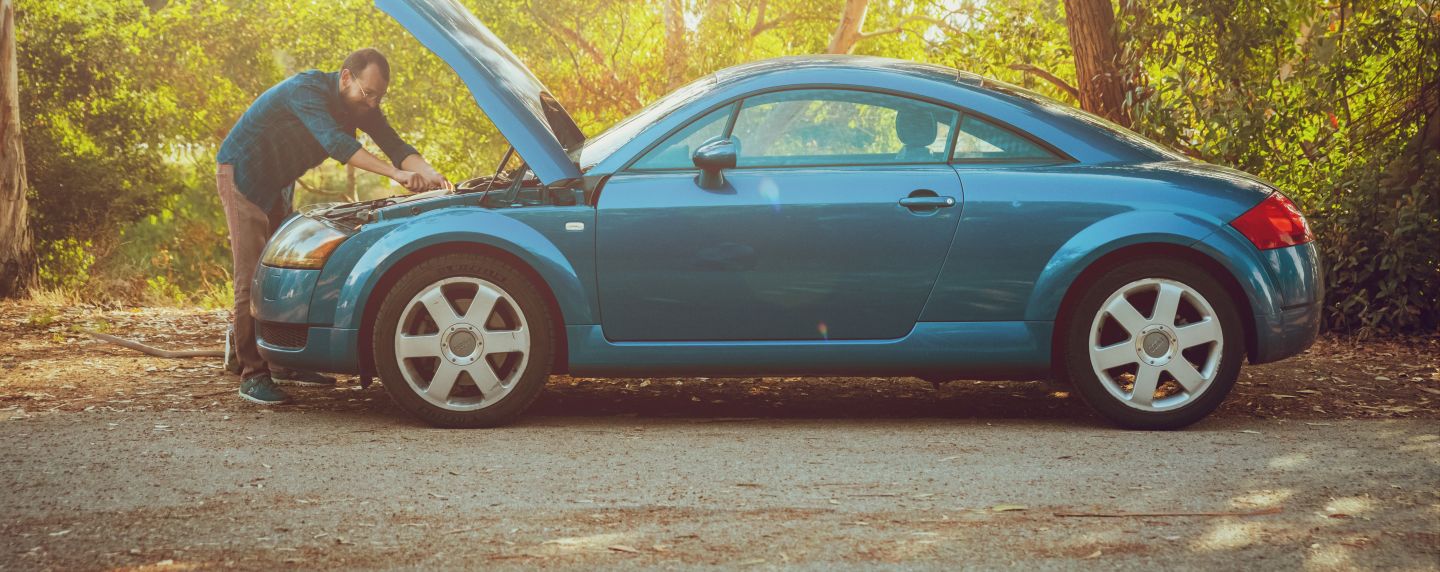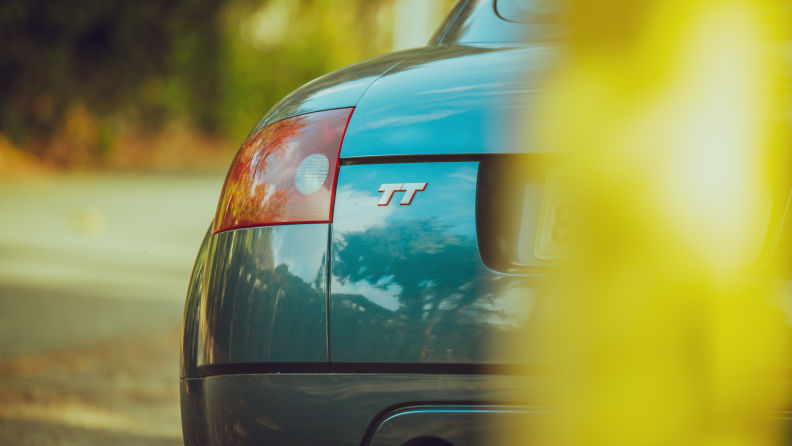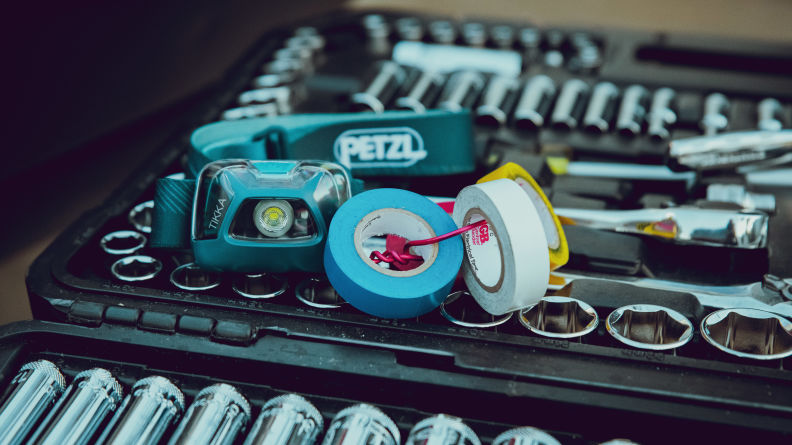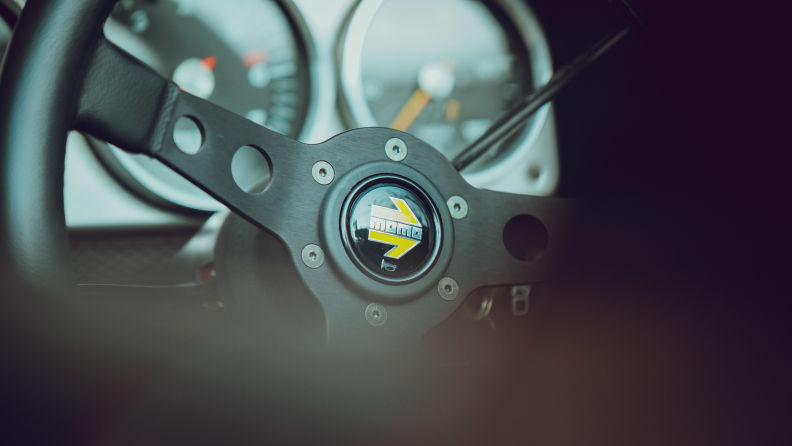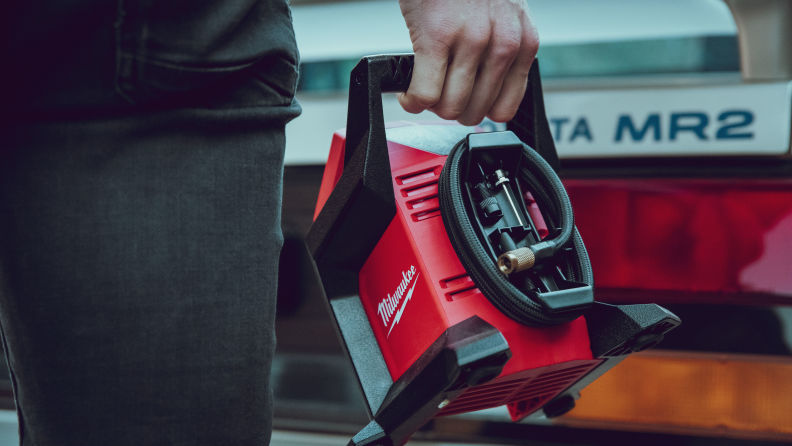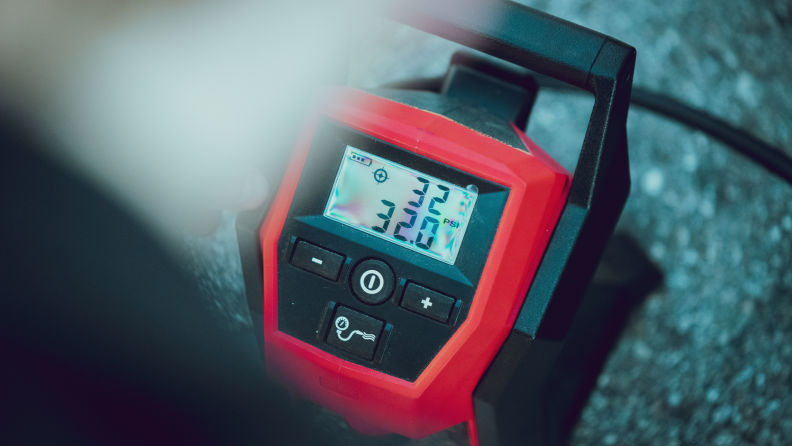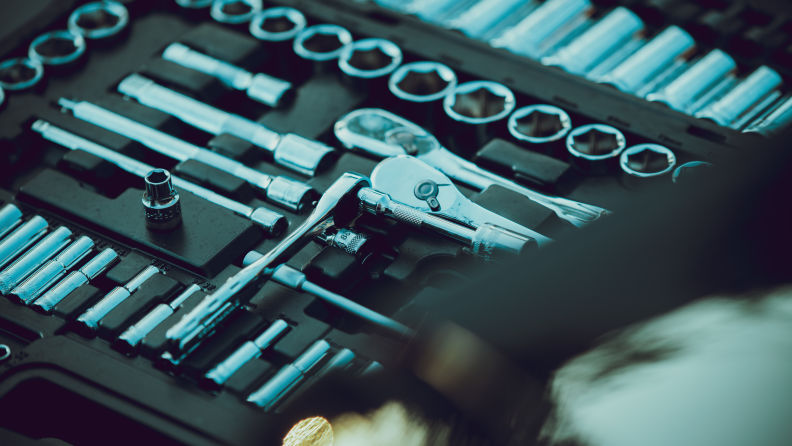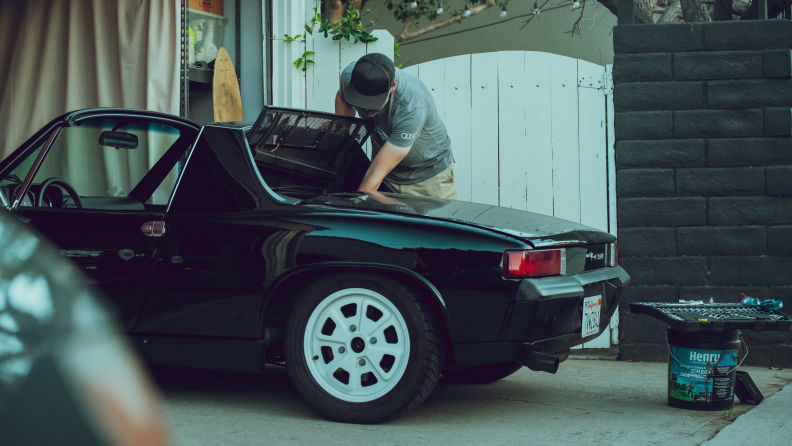Guide
Automotive essentials: All the gear you need to keep your enthusiast car on the road
Written by Xander Cesari, Photographed by Aaron McKenzie
Every car owner has a different appetite for repairs. For some of us, we just want to drive, and if something goes wrong, we’ll call the tow truck and let our mechanic know to be ready. And then there are the owners who almost seem excited when something breaks, as it gives them a chance to dive into problem-solving mode. Whatever your appetite, here are some basic tools and supplies that you’ll want to keep on hand.
Photographed by Aaron McKenzie
The minimum for the conscientious owner
We get it. Not every car enthusiast is as enthusiastic about working on their car as they are about driving it. Drive a vintage car long enough, however, and you’ll probably find yourself on the side of the road at some point, puzzling over a repair, so you might as well keep some basic tools – and knowledge of how to use them – on hand so that you’re prepared when this time comes.
With that in mind, here are some basic tools and supplies for the classic car owner who has no intention of opening the hood unless they absolutely have to do so. Most of these items are about safety, intended to get a broken car to a safe location or at least staying safe until help arrives.
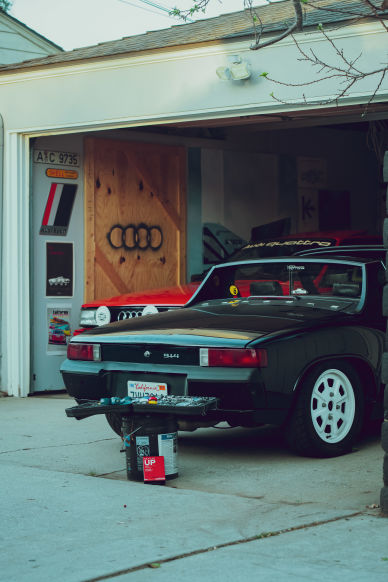

Photographed by Aaron McKenzie
Battery tender
A battery tender is just a very low power battery charger, designed to keep a car’s 12v power supply topped off during a long period of storage. While the red and black cables sneaking out of a car’s hood and towards the nearest outlet can be a sign of a garage queen, no one wants to hear the cold thunk of a dead battery when they go to fire up their classic for a weekend cruise. Keeping it on a tender not just guarantees the battery will be ready to go but prolongs its lifespan.
Lithium-ion jump pack
Jumper cables in the back of a vintage car; like peanut butter and jelly. But the march of progress is inevitable, and the power of lithium-ion batteries has given us maybe a better solution. These rechargeable jump packs hold just enough juice for a few good cranks, without having to stand by the side of the road shamefully holding a pair of jumper leads waiting for a sympathetic passerby. They’re small enough to take up less room than a good pair of jumper cables and often have a built-in flashlight and USB charging ports. Jumper cables will let you charge and crank for longer, but let’s be honest; if the car doesn’t start after a few cranks there’s likely a deeper issue than a low battery.
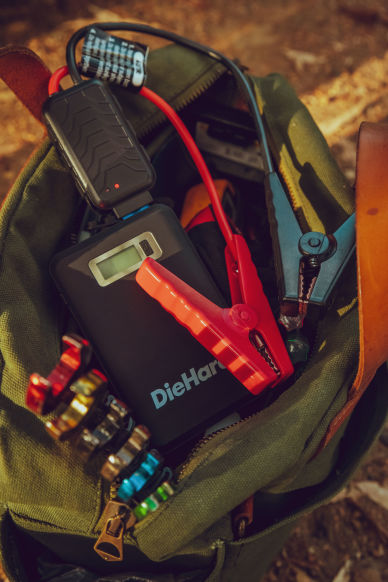

Photographed by Aaron McKenzie
Tow strap
Here’s another item that you buy even as you hope you’ll never have to use it. Being broken down on the side of a busy road or alongside a busy highway is a dangerous proposition, not only for you but also for your car. You’ll be surprised, however, at how often people stop with the intention to help, even though they have no useful knowledge or tools for you, so put their good Samaritan instincts to work and hand them the other end of that tow strap. Getting your car just a few hundred feet off a main road and into a parking lot may be the difference between an expensive collision and a cheap mechanical fix. Just remember to learn where the safe tow points are on your vehicle before you need them!
LED Headlamp
Being broken down by the side of a road with a dead car may very well mean you have no visibility whatsoever. Having a good source of light is not only convenient for helping you see, but also critical to help others see you. Most modern LED headlamps have both white and red lights with flashing modes for emergency situations. Walk a hundred feet up the road and leave a red flashing light on the shoulder to save you or your car further damage.
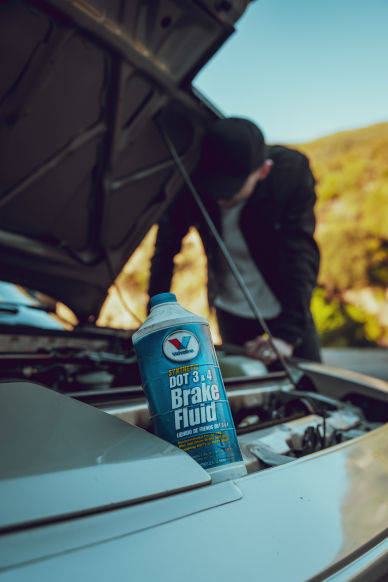

Photographed by Aaron McKenzie
Spare brake fluid and engine oil
I could easily suggest that you carry a container of every fluid your car contains for maximum preparedness, but there is something to be said for restraint and minimalism. So why these two fluids? They’re the two showstoppers. While coolant can be topped off with water to allow for short trips while monitoring temperature, running low or empty on oil is a quick ticket to engine destruction, while brake fluid is the most critical fluid of all where safety is concerned.
The tools for the tinkerer
And then there’s the owner who wants to be a little more prepared, and who’s willing to run a diagnostics test or undertake a roadside fix. If you’re mechanically inclined and enjoy learning the ins and outs of how your classic car works, here are some basic tools to keep in your kit.
Leatherman
Here’s the multitool that stole the hearts of many with a long warranty, high quality, and the right set of tools. If I have no other tools in the car (and bless my gambling heart, I often do not) I’ll always have at least my Leatherman Rebar. I’ve managed a number of surprisingly in-depth repairs with this trusty little sidekick. An honorable mention goes out to Gerber and a few of the other high quality multitool companies as well.


Photographed by Aaron McKenzie
Safety wire
One of the biggest advantages of the previous item - the Leatherman - is its stout set of needle nosed pliers and wire cutters. Handy for electrical work, these pliers are also perfect for working with safety wire. Safety wire can do what zip ties can do and more. Higher strength, temperature resistance, and longer runs are just some of the advantages that allow safety wire to remount failing exhausts, carburetor linkages, and even act as a makeshift hose clamp. With just a little bit of practice you’ll be amazed at how adaptable a bit of wire can be.
Digital multimeter
Magical electrical pixies: how do they even work? The electrical systems of classic cars are often the most intimidating parts of the car. But with methodical work I’ve seen owners who would swear up and down they’re not good with electronics troubleshoot some very thorny problems. With the array of tools on a digital multimeter, you can simply follow the old adage of “ohm it out”: working through a harness, checking grounds and voltages, and sketching out wiring loops until you sort out a problem that initially seemed like witchcraft.
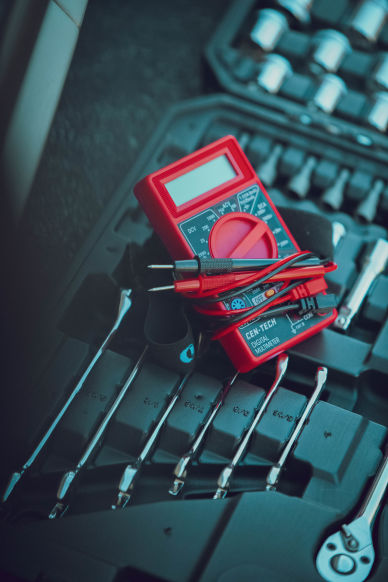
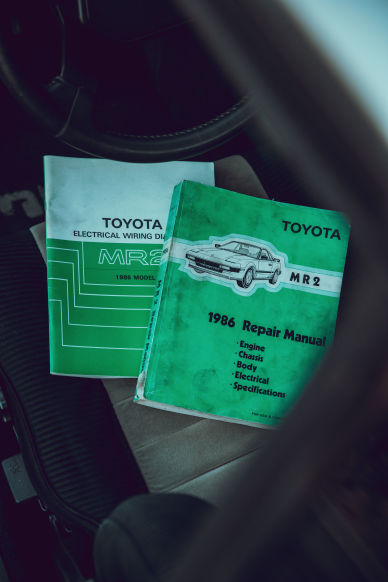
Photographed by Aaron McKenzie
Repair manual
The humble, ubiquitous repair manual lines the shelves of every classic shop for good reason. Even in the smartphone era, there’s a reliability to these tomes that old forum posts will never match. Ask around in your owner’s community about the best available: for some vehicles, it’s the generic Haynes or Chiltons manuals but some cars have available factory service manuals or more community-sourced books. Even without going into the in-depth repair procedures, the general information and specifications in these books are worth their weight.
Electrical tape
Duct tape has had great marketing over the years, but what if I told you that it’s a second tier tape (at best)? Electrical tape - while not as strong - offers better waterproofing, electrical insulation, and is more airtight. Duct tape is great for ducts, but electrical tape has many more uses under the hood of an automobile. For best performance and adhesion, warm up electrical tape before use and you’ll be able to rebuild wiring harnesses, seal cracked and leaking intakes, and any number of other repairs.
Photographed by Aaron McKenzie
That one doohickey that will leave you stranded without warning
No matter how well engineered an automobile may be, it often has a ticking time bomb under the hood. No, not a blown engine, shattered gearbox, or anything so dramatic. Rather, it’s the small component that will fail without any warning. Often electrical and usually a failure due to simple age and decay, it’s different for every car. For vintage Mopars, it’s the ballast resistor. In Alfa Romeos, the double fuel pump relay. Short of a full nut and bolt restoration there’s a part of your car that will work flawlessly without complaint right up until the moment it stops, which means you’ll want to keep a spare tucked in your toolbox or in the trunk. Ask your mechanic or within your owner’s community about these common weak links and keep that part on hand.
Gateway tools for the blossoming mechanic
Finally, we all know that owner who thinks that calling AAA is a mark of shame, an admission of defeat. This person could obviously fill their entire trunk with tools and parts, but let’s focus on the few high value items.
12v air compressor and tire plug kit
If your car has a spare tire you should obviously ensure that it holds air and is properly inflated before you need it (or replace it if it’s decades old and dry rotted). But driving on a compact donut spare has some disadvantages. Tire plugs, on the other hand, are very durable and can last for tens of thousands of miles. If you’ve picked up a nail or screw in the center of the tread (inside of the outermost tread line is a good rule of thumb), a plug and roadside reinflation can get you back on the move quickly.
Photographed by Aaron McKenzie
Ignition timing gun
While modern cars seldom need the once-universal “tune-up”, your classic may benefit from occasional mechanical tweaking. A tune up on any car with a distributor should start with checking the spark advance. More advanced owners can start to fiddle with the timing (for example, retarding it based on gasoline and conditions) but a great place to start is checking that you’re within factory specifications.
Travel toolkit w/ spark plug socket
A kit of some metric and standard sockets, along with wrenches and screwdrivers, may be overkill for owners who don’t enjoy spending long hot afternoons stranded by the side of a road. If you’re ambitious and mechanically inclined, however, these old stand-bys will be your lifeline. Don’t forget a good set of socket extensions and a bit driver set to make your tools as versatile as they can be. The most important inclusion here, however, is the correct spark plug socket for your car. The condition of your spark plugs can tell you nearly everything about how your engine is performing, indicating lean or rich conditions, knock and detonation, or oil blowby. The iconic Haynes spark plug condition chart tells you most of what you’ll need to know about reading spark plugs.
Photographed by Aaron McKenzie
Spare parts and bits
The exact ingredients of your spare parts kit is a personal choice, specific to both the mechanic and car. I’ve found that a handful of nuts and bolts, wire nuts and splices, a coil of stranded electrical wire, and a spool of vacuum hose are indispensable. You should also consider some spare hose and exhaust clamps, an exhaust patch kit, and some JB Weld or silicone gasket maker. As you tinker with your car you’ll learn the common bolt sizes, hardware, and parts that you might need, so just throw the spares into a small plastic case for future emergency use.
Meet our contributors
Xander Cesari started wrenching on classic cars before he could drive, eventually working in automotive engineering. He followed his passion into automotive photojournalism and now explores every corner of car culture in an Alfa Romeo Milano with camera in hand. For more from Xander, you can follow his Instagram (@merriman.industries).
Aaron McKenzie is a Los Angeles based writer, photographer, and producer with an eye for all things automotive. You can see more from him by checking out his Instagram (@aaronwmckenzie).
Comments (...)
What to read next

This Malaysian Porsche 911 went from scrapheap to showstopper
0 comments
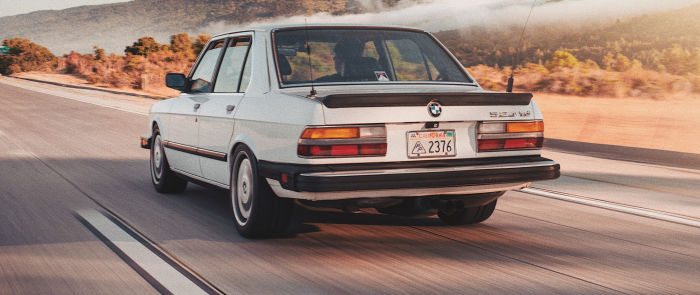
Enthusiast Roundtable: The BMW E28 is a classic driver for the modern world
0 comments

How Rennsport Reunion 7 transcends Porsche as the ultimate enthusiast gathering
2 comments

Meet a few of Porsche Classic's finest winners from this year's Restoration Challenge
0 comments
Before you get started
Please verify your account. You can do so by clicking on the link in the email we sent you.
Can't find your verification email? Click to resend it.
This website uses cookies. We do this to better understand how visitors use our site and to offer you a more personal experience. We share information about your use of our site with social media and analytics partners in accordance with our Privacy Policy. Additional information for California residents

